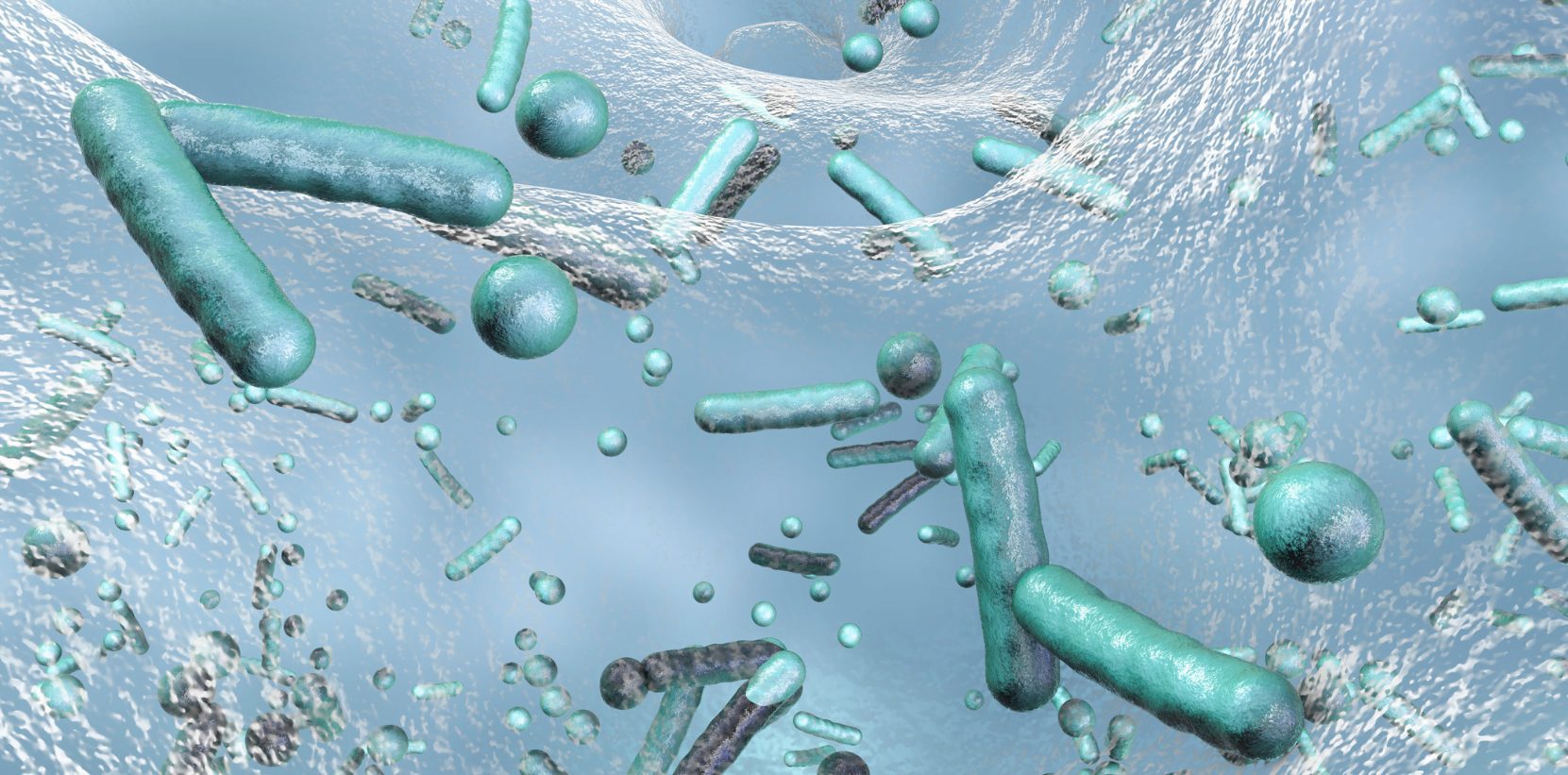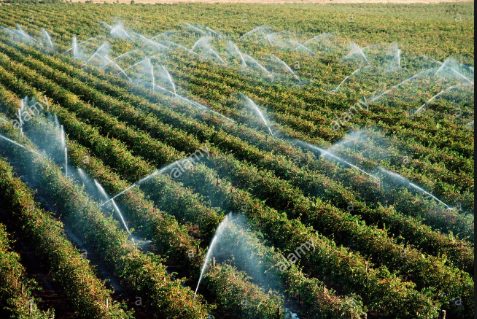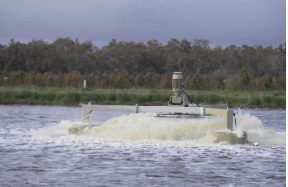Which microbes help in sewage treatment?
Did you know that there are billion litres of sewage produced every day in the country? This sewage is a combination of all types of wastewaters that is generated from domestic and commercial activities. It also includes rainwater and the wastes from industrial processing. So, sewage has for its components organic matter, heavy metals, oil, harmful substances and pathogenic microbes, that have to be removed and the sewage be treated first, before it can be safely released to the environment.
When sewage arrives at the treatment plant, wastewater treatment process begins. Large objects such as plastic toys, cigarette butts, and many other waste products that have gotten into the system, are first removed. The other solid materials that remain, drop to the bottom of the tank, and are subsequently removed to go to the landfill, burnt or undergo further treatment for use as fertiliser.
The liquid portion in the wastewater treatment, called the effluent, will be ultimately released into the bodies of water. However, before this can be done, the organic matter content must first be reduced and the harmful microbes eliminated. The effluent is then fed into an aeration tank, which contains a complex community of microbes. Bacteria are the most common microbes used in the wastewater treatment process.
There are two types of bacteria used to treat sewage and they are as follows:
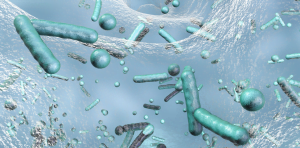
- Aerobic bacteria is what is used in an aerated environment of wastewater treatment plants. They use the free oxygen within the water that is injected with air to degrade the pollutants.
- Anaerobic bacteria can break down the organic matter, without needing dissolved oxygen, as they can get enough oxygen from organic matter, within the wastewater.
As soon as the aerobic digestion is done and after some other purification procedures, the effluent portion of the sewage, usually, can be safely discharged to the streams, rivers or the sea.
In the remaining activated sludge, the anaerobic bacteria are used because they can break down materials that the aerobic bacteria find difficult to degrade. This process produces gases, such as carbon dioxide and methane, a mixture referred to as biogas. When collected and burned, this can subsequently result in energy production.
Now, the microbes used in sewage treatment is only a part of the information that By-Jas Engineering would like to share with you. If you are considering a wastewater treatment system on your property, you can rely on us for your sewage treatment solutions.
We are known within the industry for our creative and innovative approach to wastewater treatment. Our team has decades of skills, knowledge and experience that allow us to deliver to you a treatment solution that is tailored to your needs and your environment.
Contact us today at 03 5979 1096. Our engineers will be happy to discuss with you the treatment solution that suits your business best. You can also find some useful information, when you visit our website www.byjas.com.au. So, get in touch now, as we are eager to help and answer your questions.
We service right across Australia, the main capital cities, regional town centres and remote regional areas.
SHARE:
What you can read next

Waste water treatment for Wineries
Wineries across Australia are producing record ...

Specialising in the Winery Industry
We cater to the winery industry in order to red...
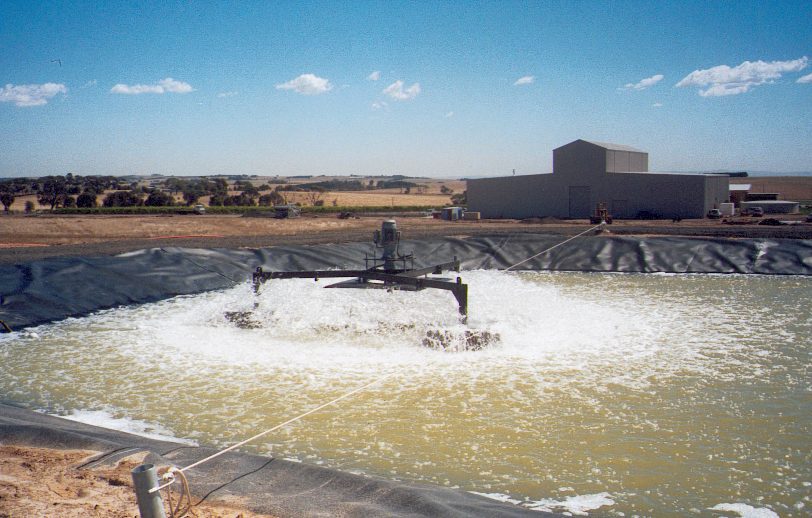
Irrigation efficiency for Wineries
As we know wineries produce wastewater from the...

What is Involved in the Process of Winery Wastewater Treatment?
Winery wastewater is generated from the winery’s...

Want to remove waste water efficiently
Are you looking for a cheaper and more environmen...

Why Choosing a Wastewater Equipment Manufacturer Provides a Better Option?
Why Choosing a Wastewater Equipment Manufact...

Why Are Bacteria Used in Sewage Treatment?
Wastewater treatment is society’s way of giving...

